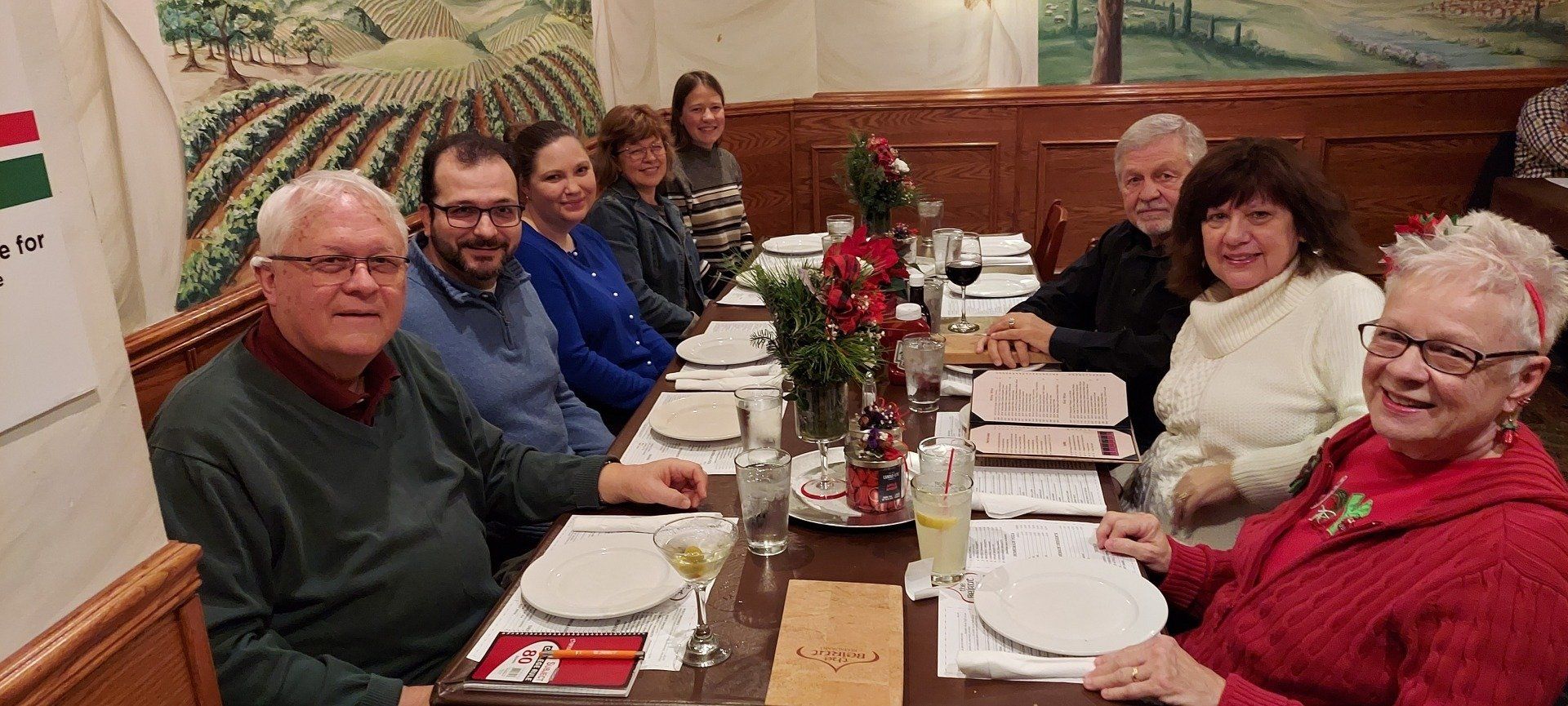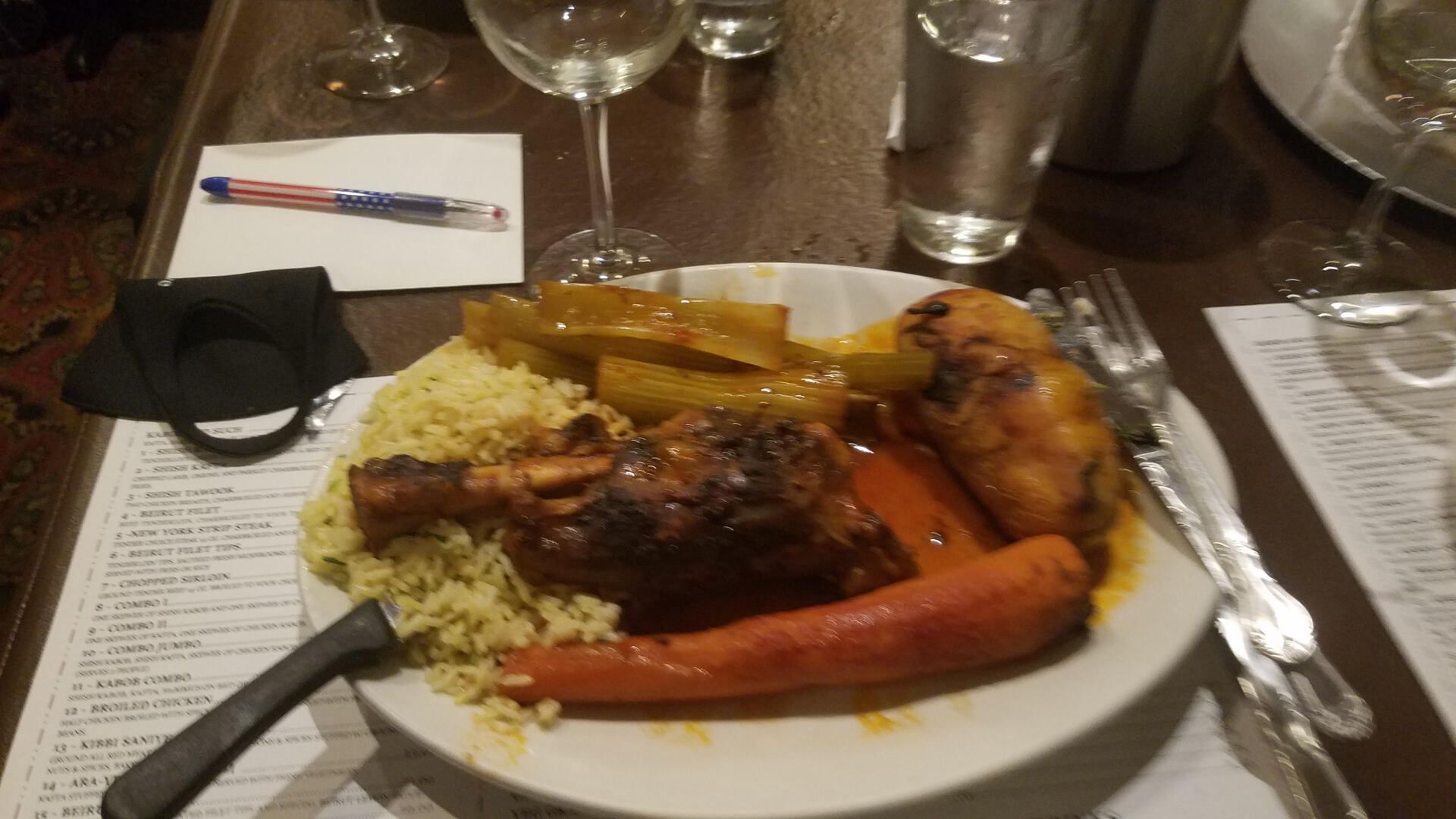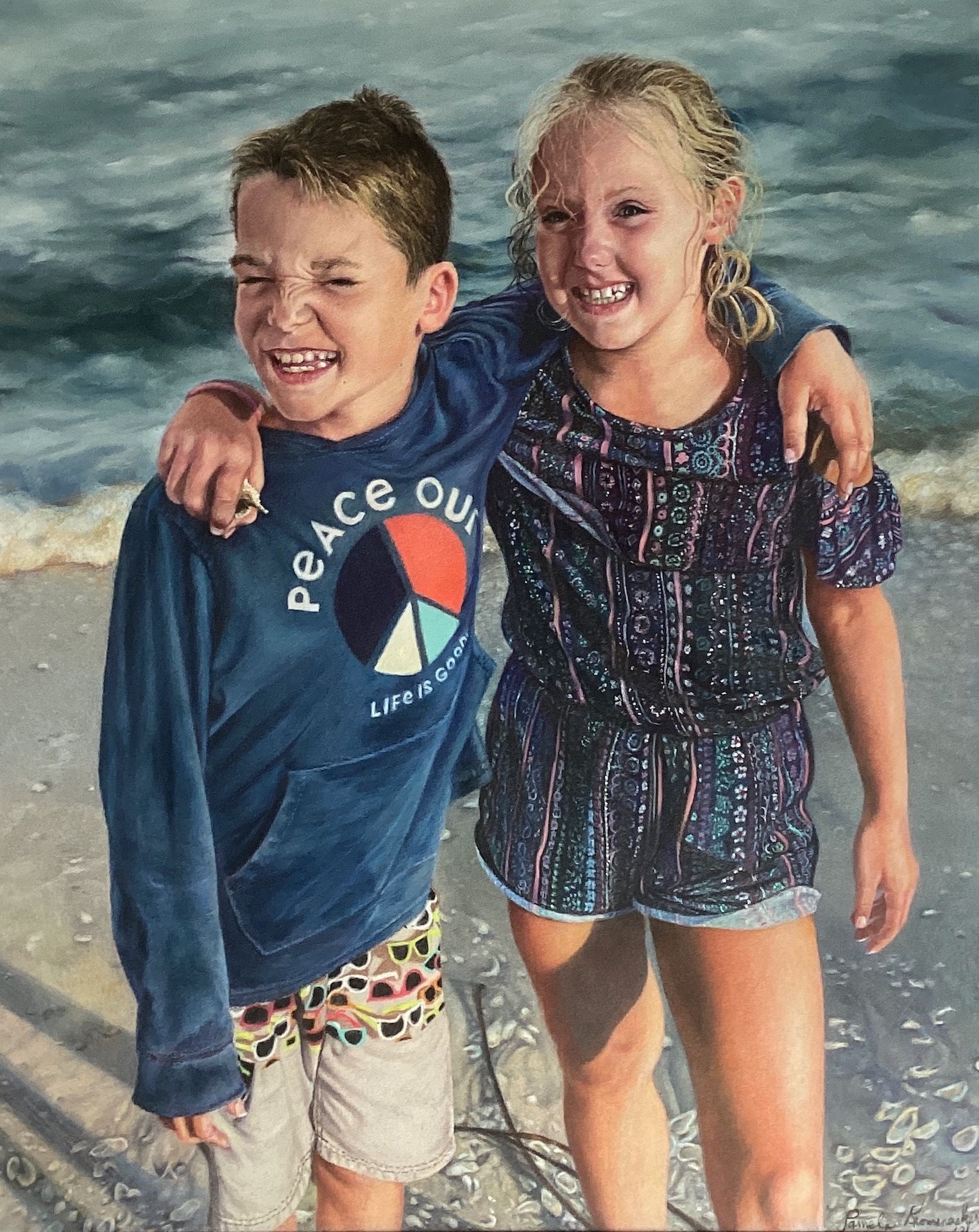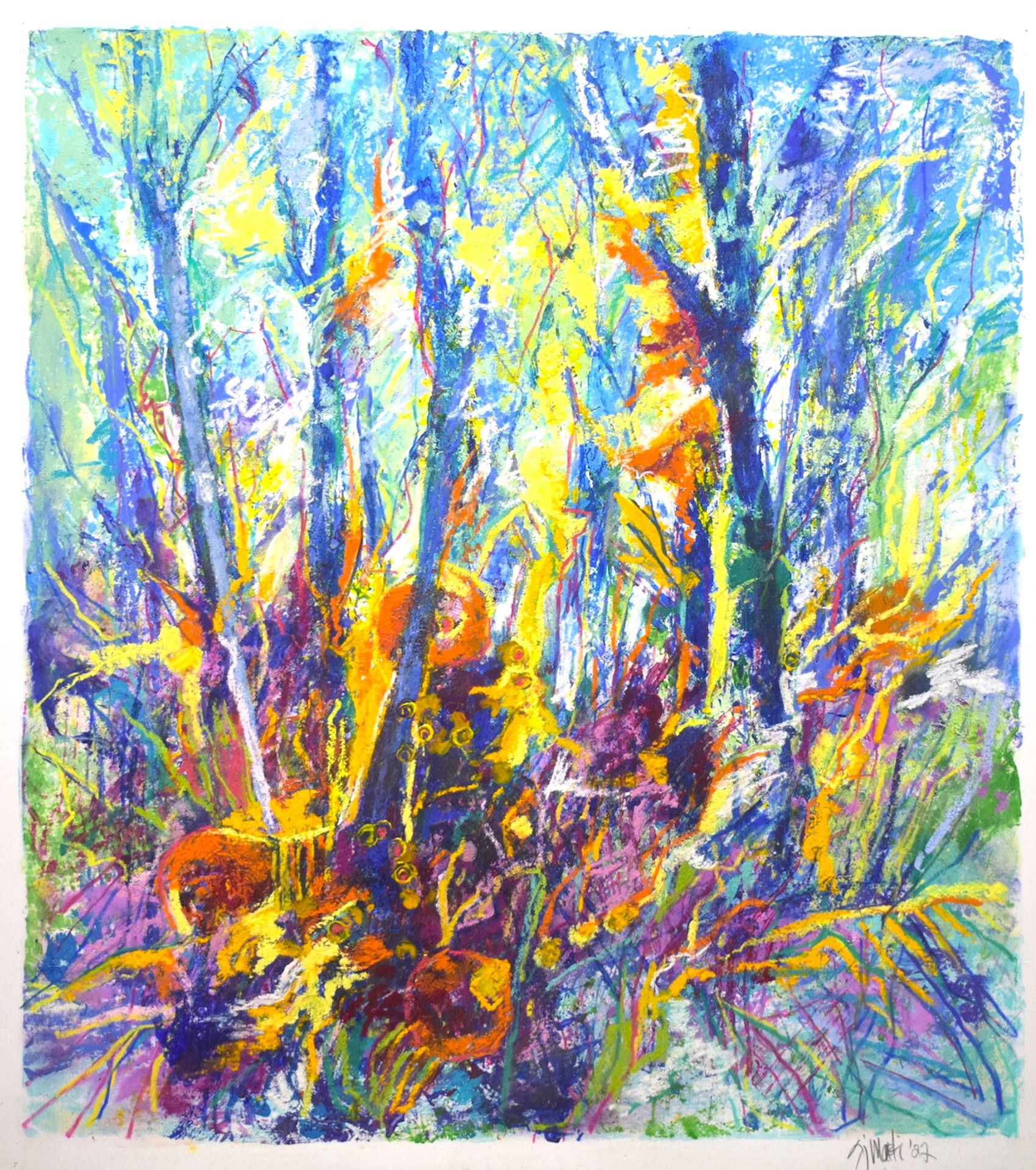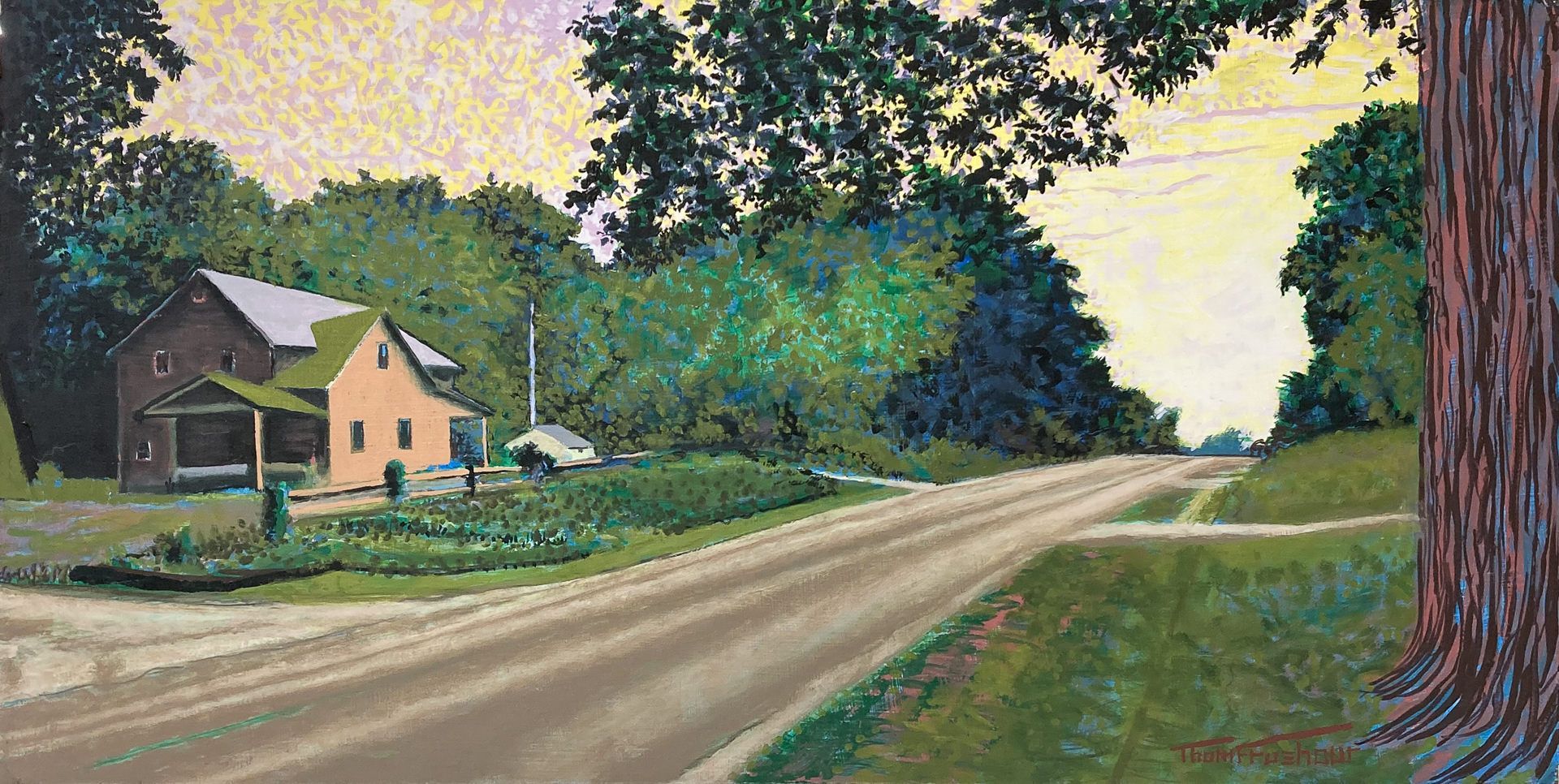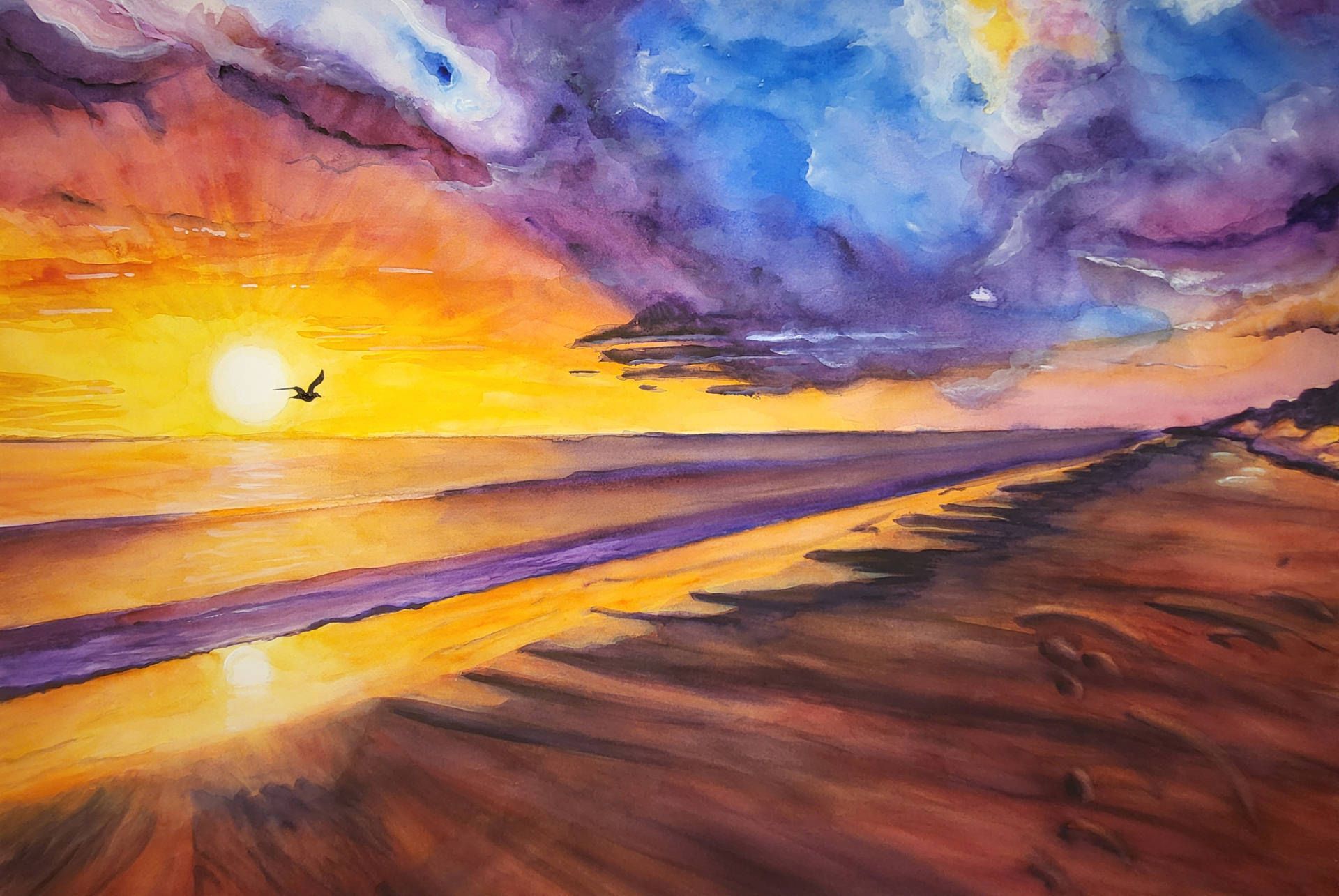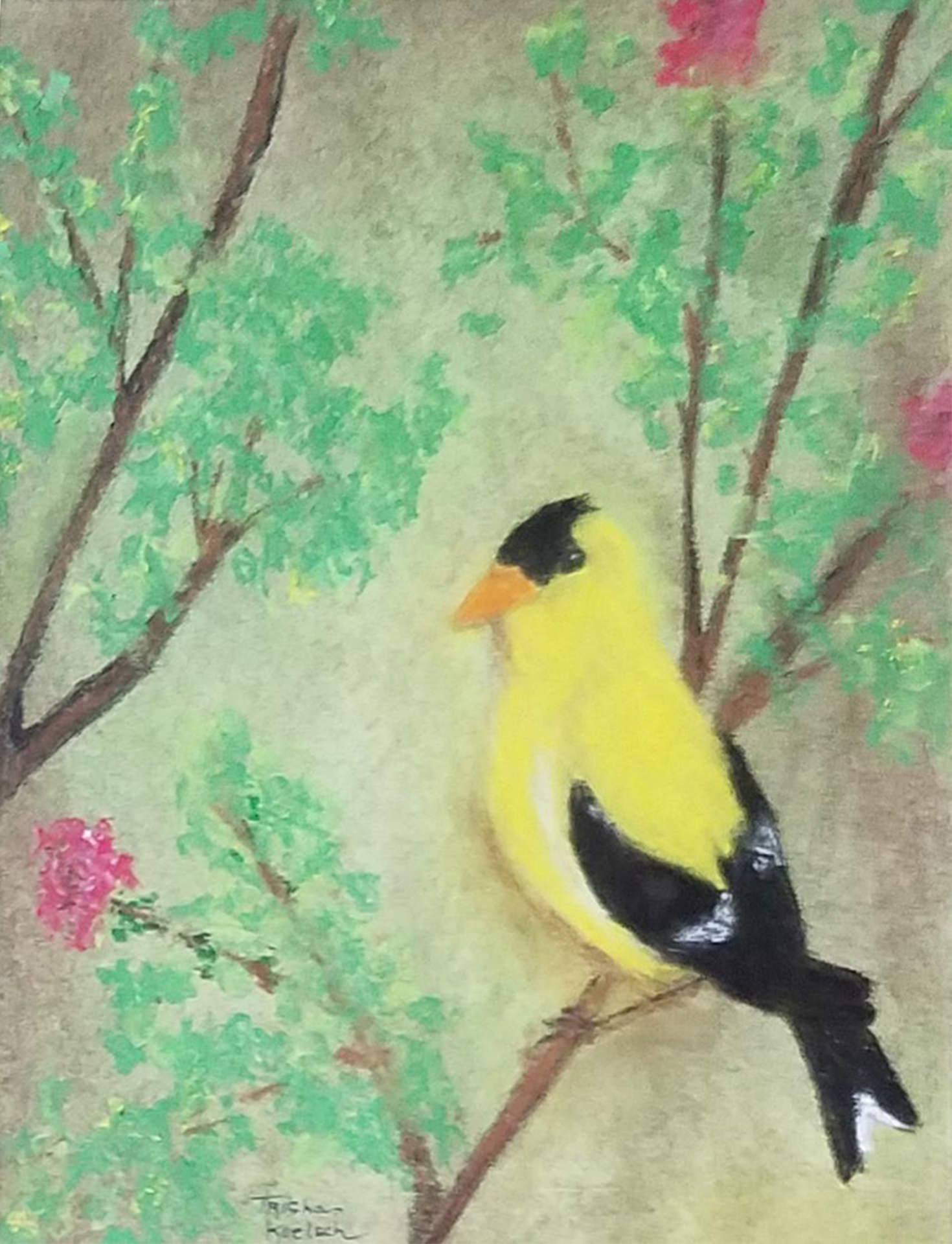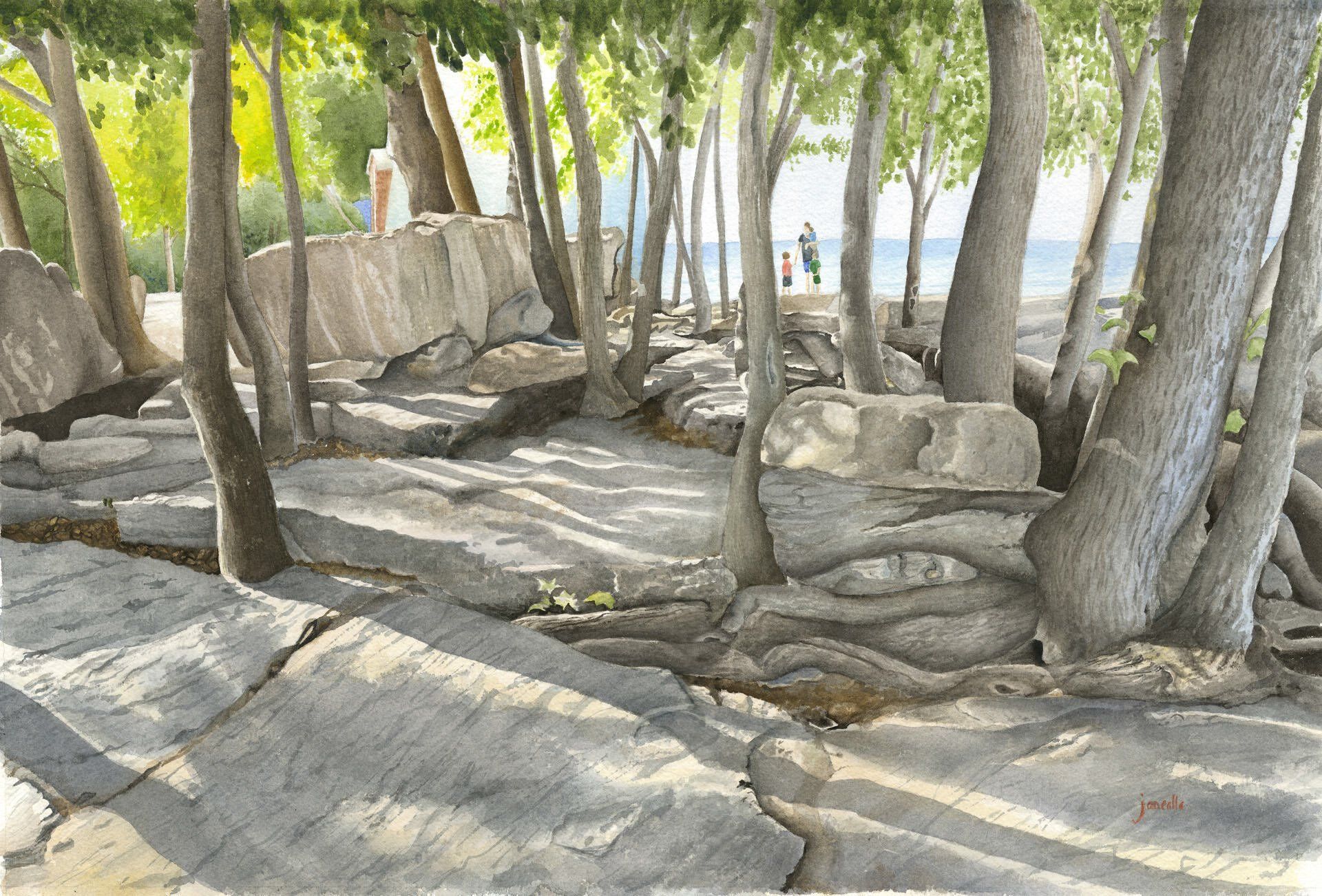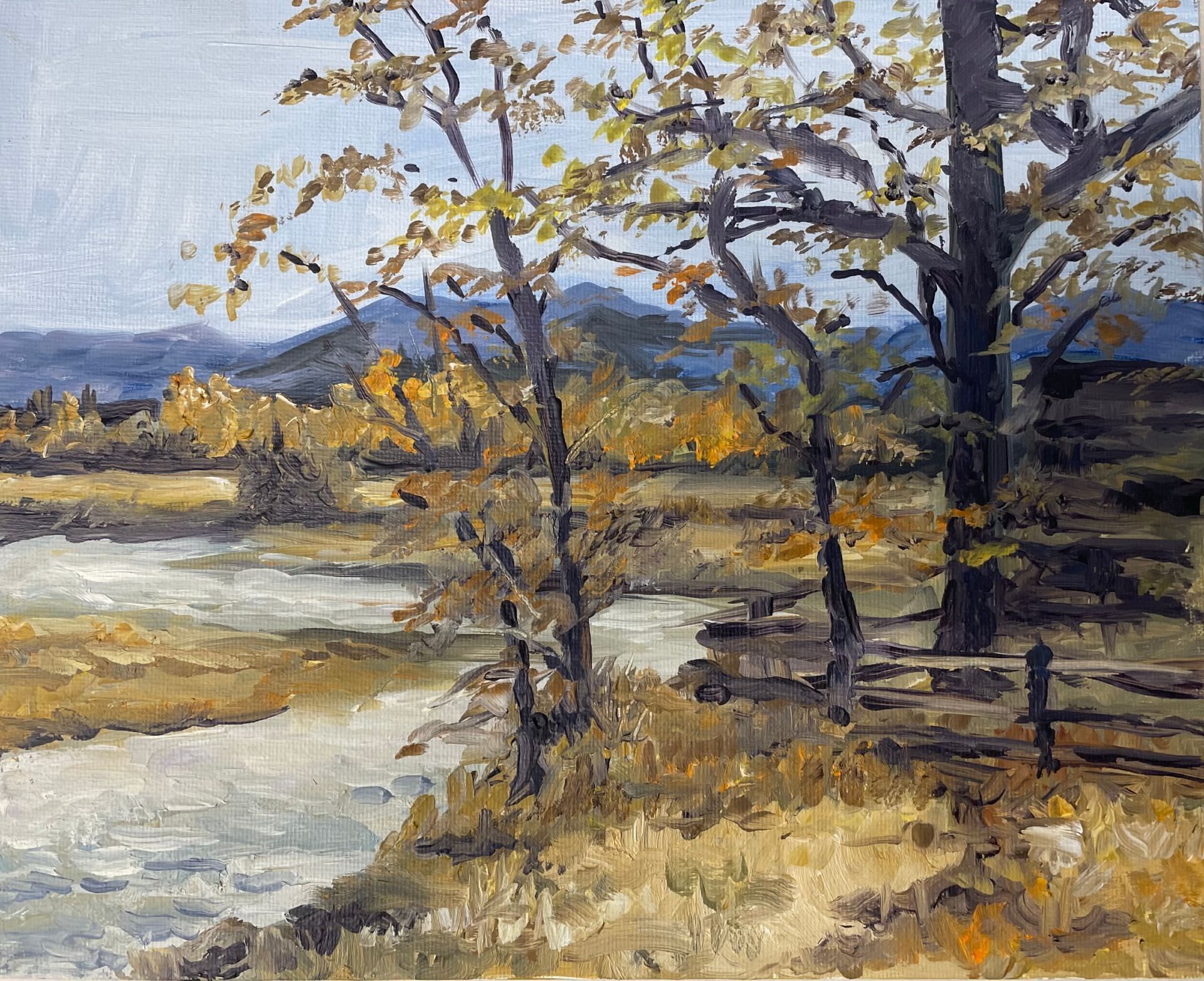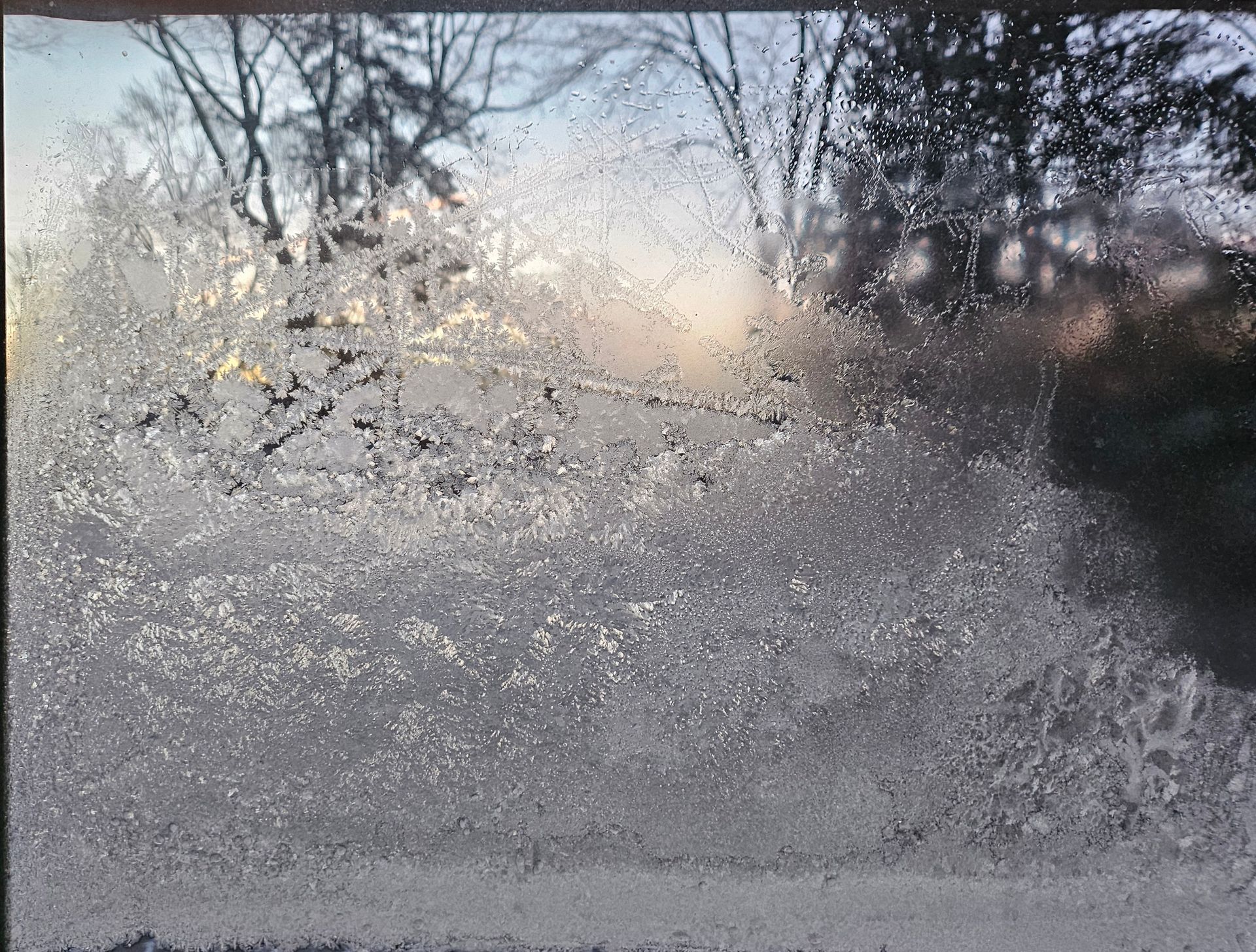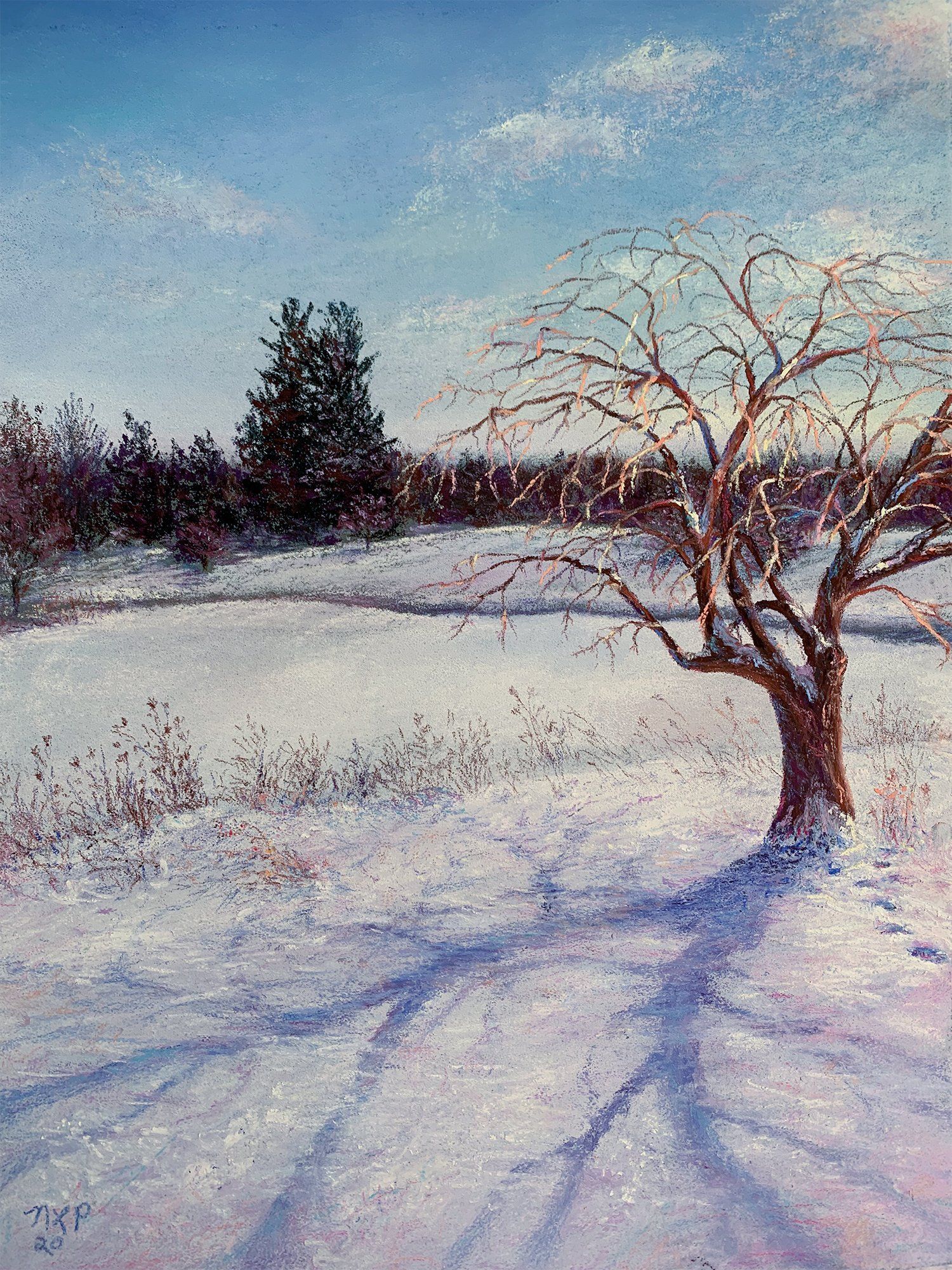January 2022 News and Notes
"If Winter comes, can Spring be far behind?"
From "Ode to the West Wind", by Percy Bysshe Shelly, 1792 - 1822
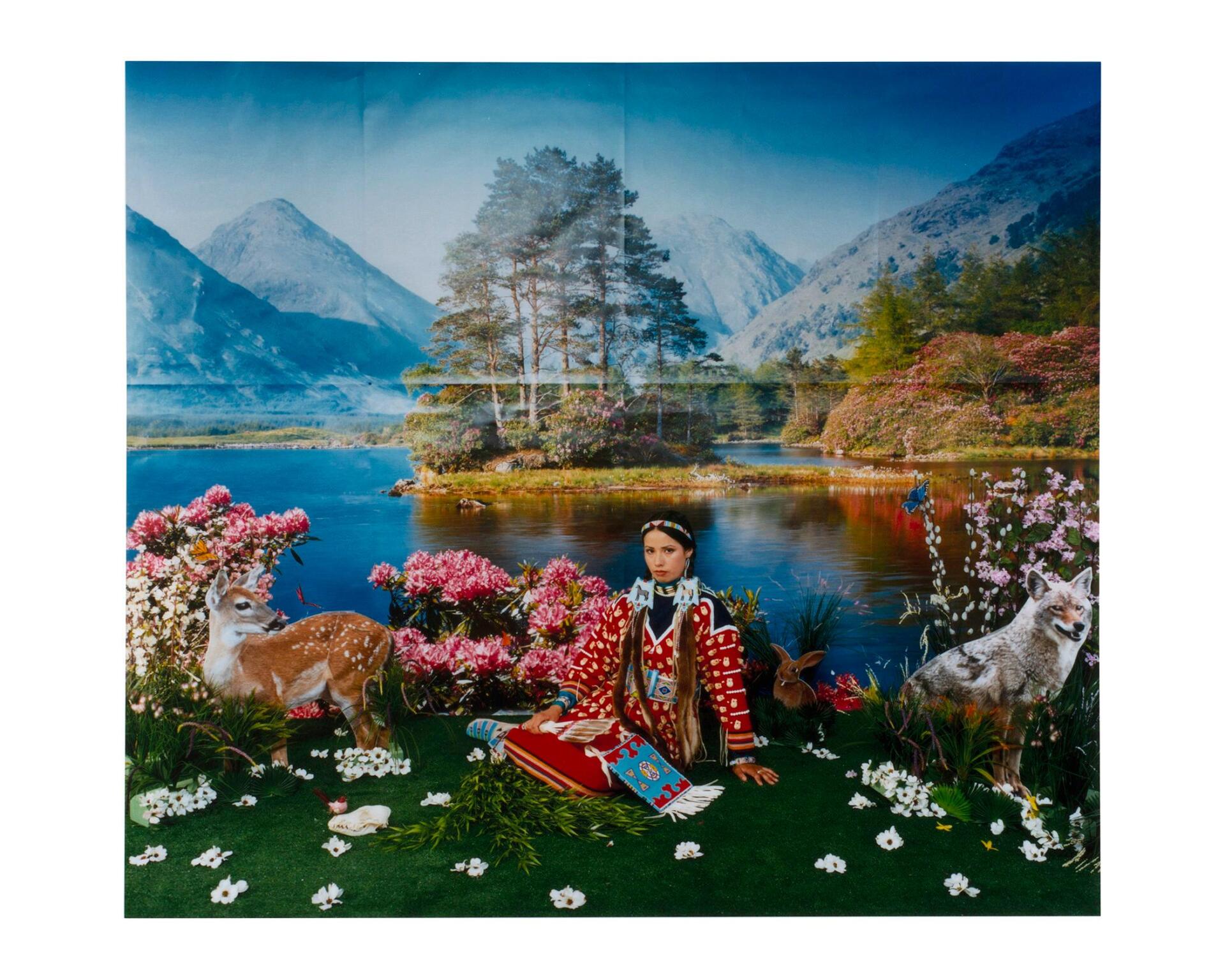
"Spring" by Wendy Red Star, 1906. Archival pigment print on Sunset fiber rag.
The Toledo Museum of art.
The Board of Trustees Holiday Party
The Board met on Thursday, December 16, at the Beirut, to celebrate the holiday season. President Joe Rudski reviewed our accomplishments for the year, thanked us for our service, and wished us all a happy holiday and new year.
Thank you
We are grateful for generous donations to the Toledo Artists' Club from Karen Hakel and Linda Orth
Opportunities for Artists

The gallery is located at 118 N 4th Ave in Ann Arbor. Submit your images for the show by January 10. Here is a link to the Prospectus, and here is the online Entry Form.
Water Wonderland of Michigan Art Exhibition

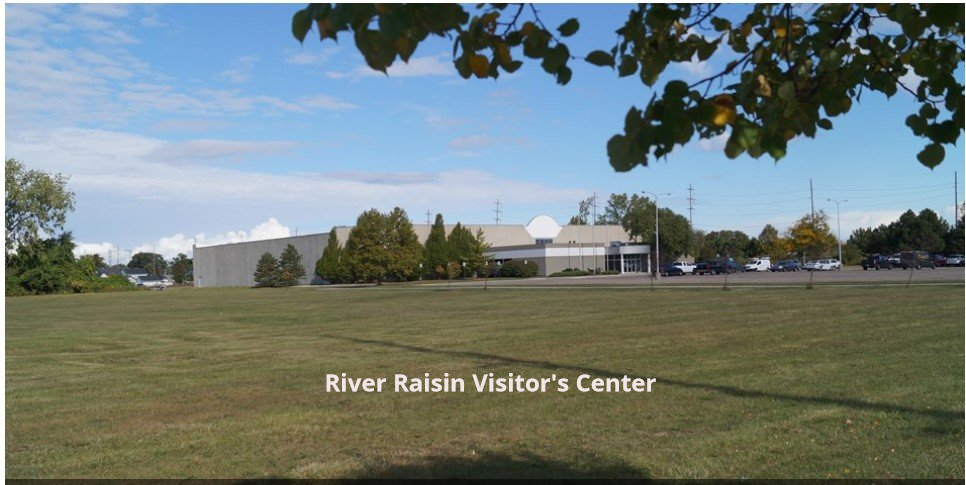
Third in the Series “Beautiful Bountiful Michigan “, River Raisin National Battlefield Park, Monroe, Michigan. We wish to invite all of you to enter your art in our next Art Exhibition. For 2022 the theme is Water Wonderland of Michigan. All Art must depict a named lake, pond, river or stream in Michigan. You can find more information, and the Prospectus here.
Versatility for all: an art exhibit by Aaron S. Bivins
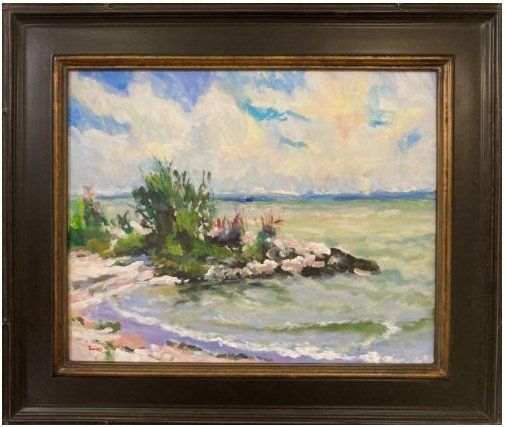
Aaron S. Bivins works primarily in acrylic, oil and watercolor and explores other media. His subjects include landscapes, seascapes, florals, portraits, animals and homes. “By not becoming comfortable with where I am and taking chances when I paint, I will continue to grow,” says Bivins. He intends for viewers to “see” the portrayal with new eyes by using values, color and light.
The exhibit is hosted at the Motherhouse of the Immaculate Heart of Mary convent in Monroe, Michigan. Because of the pandemic, the exhibit is not open to the public. However, you can view a
virtual tour of the exhibit.
National Creativity Week, January 24 to 30, 2022
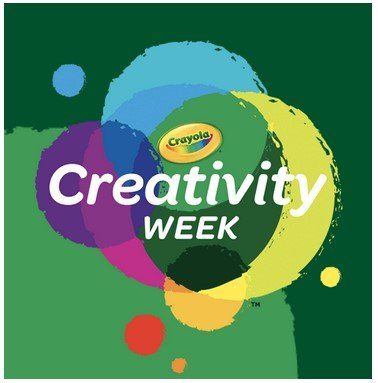
Crayola Creativity Week is a free program for schools and homes around the world. Designed to celebrate children’s creativity and the joy it brings to teaching and learning any subject. Donlyn Meyers will be watching the club on Saturday and Sunday, January 29 and 30, from 1 to 4 pm. She will be hosting activities with crayons and coloring pages for adults and kids. Many other interesting projects are being provided by the Crayola Corporation for us to try. Stop in and play. Bring some kids too.
Cennino Cennini, The Craftsman’s Handbook, 1437
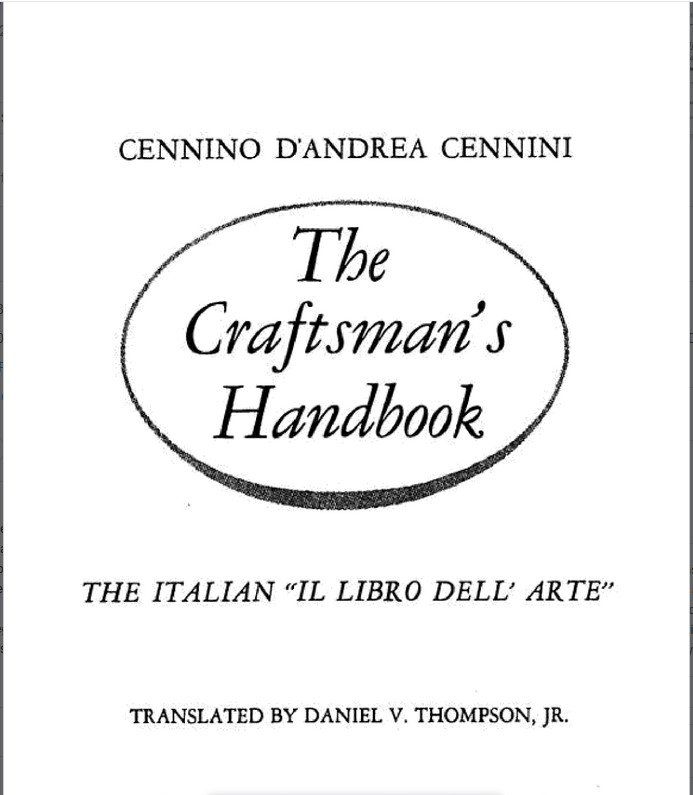
This 15th century treatise on artists' materials is in the public domain, and can be read for free from Google books, here. This is how brushes were made in the 15th century:
"The bristle brushes are made in this style. First get bristles from a white hog, for they are better than the black ones; but see that they come from a domestic hog. And make up with them a large brush into which should go a pound of these bristles; and tie it to a good-sized stick with a knot. And this brush should be limbered up by whitewashing walls, and wetting down walls where you are going to plaster; and limber it up until these bristles become very supple. Then undo this brush, and make the divisions of it as you want, to make a brush of any variety...Then make little sticks of ... wood and tie up each little bundle with double waxed thread."




